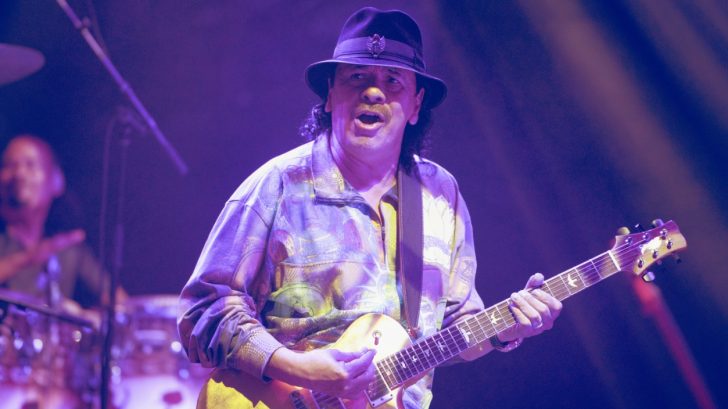The guitar, the amplifiers he employs, and the way his fingertips assault the frets all contribute to Santana’s characteristic piercing sound. His famed prolonged notes were frequently produced by overdriven amps, notably the Mesa Boogie, which has become synonymous with Santana. Fender Twin amps will help you develop Santana’s earlier Woodstock-era sounds, but Santana’s tone modification is best accomplished with a Mesa Boogie.
Santana’s sound was never heavily reliant on effects. All you actually need on your pedals is a wah-wah, which Santana utilizes rarely. Recently, a tube screamer lets his usually biting riffs pierce thru a bit further, but if you can’t obtain your tone by stroking the dials on your instrument and amp to tune in that classic Santana sound, you’re not doing anything at all properly.
The difficult part now is to actually do it. The majority of the Santana band’s early tunes were in the keys of D or G, or their minor equivalents. This might be due to the fact that Carlos Santana’s SG had 22 frets and could reach a high D note. Aim towards the extreme edge of the fretboard, and make sure your fingers are flexible enough to reach beyond the regular range.
Santana’s soloing style was defined by arpeggios, double pauses, and syncopated rhythms. Cover tunes like ‘Oye Como Va’ and ‘Black Magic Woman / Gypsy Queen’ already had built-in licks, but Santana used to attack, sustain, and volume control to make them his own. But what is it in Santana’s playing technique that makes it seem “Latin”? It’s mostly uncommon scales, most notably the Dorian mode, that he takes into the stratosphere. Even when he’s playing minor pentatonic scales, it’s the fast trills and careful half-step-heavy melodic lines that make him seem “Latin.”
Most significantly, Santana is a melodic guitarist. While winding his way through a solo, he seldom shows off or unleashes a spontaneous burst of notes. Instead, he goes in search of phrases and unusual ear-catching lines that may be used to create fresh hooks to songs. If he loves a specific riff, you’re likely to hear it more than time. Repetition is an important aspect of Santana’s playing; it’s why you can recall the lead lines to songs like ‘Evil Ways,’ ‘Soul Sacrifice,’ and ‘Smooth,’ even if they’re not always supposed to be the main theme.
Intangibles are where Santana’s playing style falls short. These include Santana’s philosophical approach to music, wild detours into classical and jazz, rapid switches between delicate passages and violent bends, and a plethora of other conceptual approaches that exist only in Santana’s brain. Santana’s music is part psychedelic acid trip, half spiritual awakening, part blues purity, and part traditional Mexican stylistics, but it all boils down to his individual personality and outlook on life. That’s amazing to hear, but it’s quite tough to replicate.
Finally, like his peers Jerry Garcia and John McLaughlin, Santana’s approach to guitar emerges from a position of inquiry and distinctive innovation. If you asked Santana how to perfectly replicate his work note for note, I’m sure he’d dismiss you and encourage you to find your own voice. Nobody else can sound like Carlos Santana because no one else has experienced his life. But it’s still fun to try to come as close as possible.

